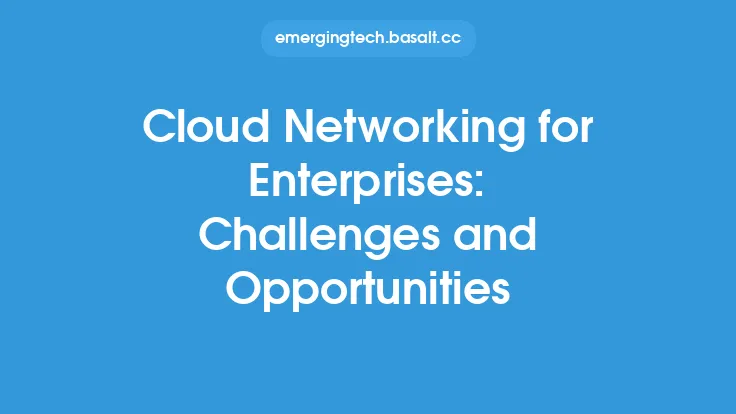Decentralized applications, also known as dApps, have been gaining popularity in recent years due to their potential to revolutionize the way we interact with the internet. At their core, dApps are applications that run on a blockchain network, allowing for decentralized, transparent, and secure data storage and transmission. In this article, we will delve into the benefits, challenges, and opportunities of decentralized applications, providing a comprehensive understanding of this emerging technology.
What are Decentralized Applications?
Decentralized applications are software programs that operate on a blockchain network, utilizing the decentralized nature of the blockchain to provide a secure, transparent, and censorship-resistant environment. Unlike traditional applications, which are controlled by a central authority, dApps are maintained by a network of nodes, making them more resilient to censorship and control. This decentralized architecture allows dApps to provide a range of benefits, including increased security, transparency, and autonomy.
Benefits of Decentralized Applications
The benefits of decentralized applications are numerous and significant. One of the primary advantages of dApps is their ability to provide a secure and transparent environment for data storage and transmission. By utilizing blockchain technology, dApps can ensure that data is tamper-proof and resistant to censorship, providing a high level of security and integrity. Additionally, dApps are often open-source, allowing developers to review and contribute to the code, further enhancing security and transparency.
Another significant benefit of dApps is their ability to provide autonomy and decentralization. By operating on a blockchain network, dApps are not controlled by a central authority, allowing users to interact with the application without the need for intermediaries. This decentralization also enables dApps to provide a more democratic and community-driven approach to decision-making, allowing users to participate in the governance of the application.
Challenges of Decentralized Applications
While decentralized applications offer a range of benefits, they also pose several challenges. One of the primary challenges facing dApps is scalability. Currently, most blockchain networks are limited in their ability to process transactions, making it difficult for dApps to scale to meet the needs of a large user base. This limitation can result in slow transaction times and high fees, making it difficult for dApps to compete with traditional applications.
Another significant challenge facing dApps is user experience. Many dApps are still in the early stages of development, and as such, they often lack the user-friendly interface and seamless experience that users have come to expect from traditional applications. This can make it difficult for users to adopt and use dApps, limiting their potential for widespread adoption.
Opportunities of Decentralized Applications
Despite the challenges facing decentralized applications, they also offer a range of opportunities. One of the most significant opportunities is the potential for dApps to disrupt traditional industries. By providing a decentralized and autonomous alternative to traditional applications, dApps can offer a more secure, transparent, and community-driven approach to a range of industries, from finance and healthcare to education and governance.
Another significant opportunity is the potential for dApps to enable new business models and revenue streams. By utilizing blockchain technology and decentralized networks, dApps can provide a range of new and innovative ways for businesses to interact with their customers and generate revenue. This can include token-based models, decentralized marketplaces, and community-driven platforms, among others.
Real-World Examples of Decentralized Applications
There are already several real-world examples of decentralized applications in use today. One of the most well-known examples is CryptoKitties, a blockchain-based game that allows users to buy, sell, and breed virtual cats. Another example is Augur, a decentralized prediction market that allows users to bet on the outcome of events. These examples demonstrate the potential of dApps to provide a range of innovative and decentralized solutions to real-world problems.
Conclusion
In conclusion, decentralized applications offer a range of benefits, challenges, and opportunities. By providing a secure, transparent, and autonomous environment, dApps have the potential to revolutionize the way we interact with the internet. While there are still several challenges facing dApps, including scalability and user experience, the opportunities they offer are significant. As the technology continues to evolve and mature, we can expect to see a range of new and innovative dApps emerge, providing a more secure, transparent, and community-driven approach to a range of industries and applications.





